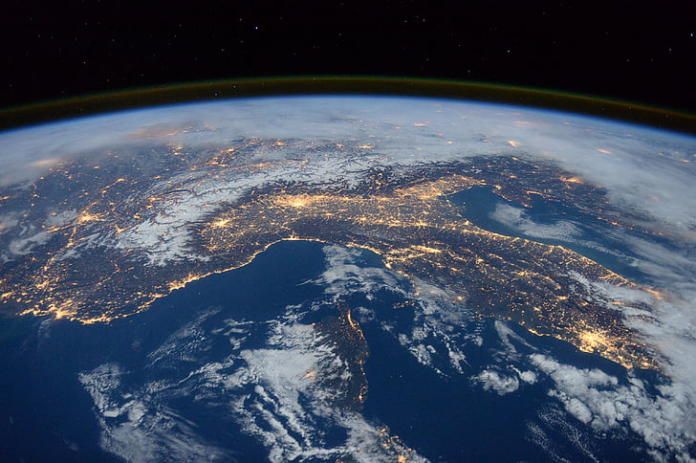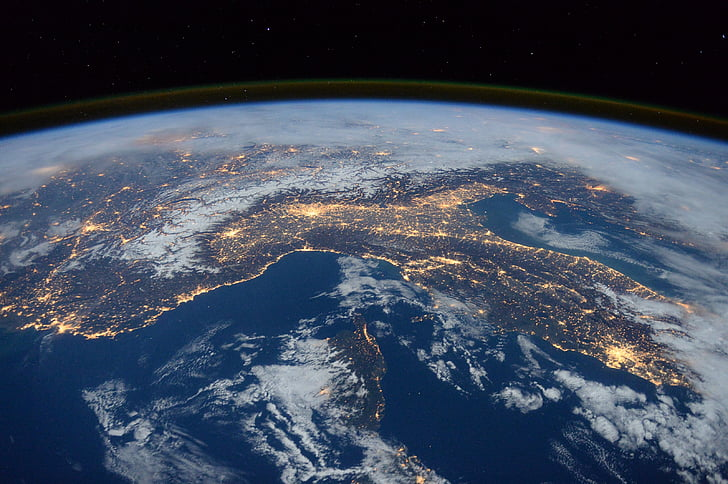
Can one photograph change the way human beings perceive the universe? The 2025 ZWO Astronomy Photographer of the Year competition indicates that it can. This year’s winners range across the canvas of cosmic subject matter from the turbulent surface of the Sun to the icy quietude of far-off galaxies every photo a synthesis of technical expertise and artistic insight.
In its 17th year, the competition received more than 5,800 submissions from astrophotographers around the world, reviewed by an international jury of experts. Announced on September 11, not only do the winners honor the craftsmanship of their authors, but they also demonstrate the expanding horizons of astrophotography. From auroras fueled by geomagnetic storms to orbital landscapes of Earth taken aboard the International Space Station, these photographs set a new standard for what can be achieved when art and science converge.
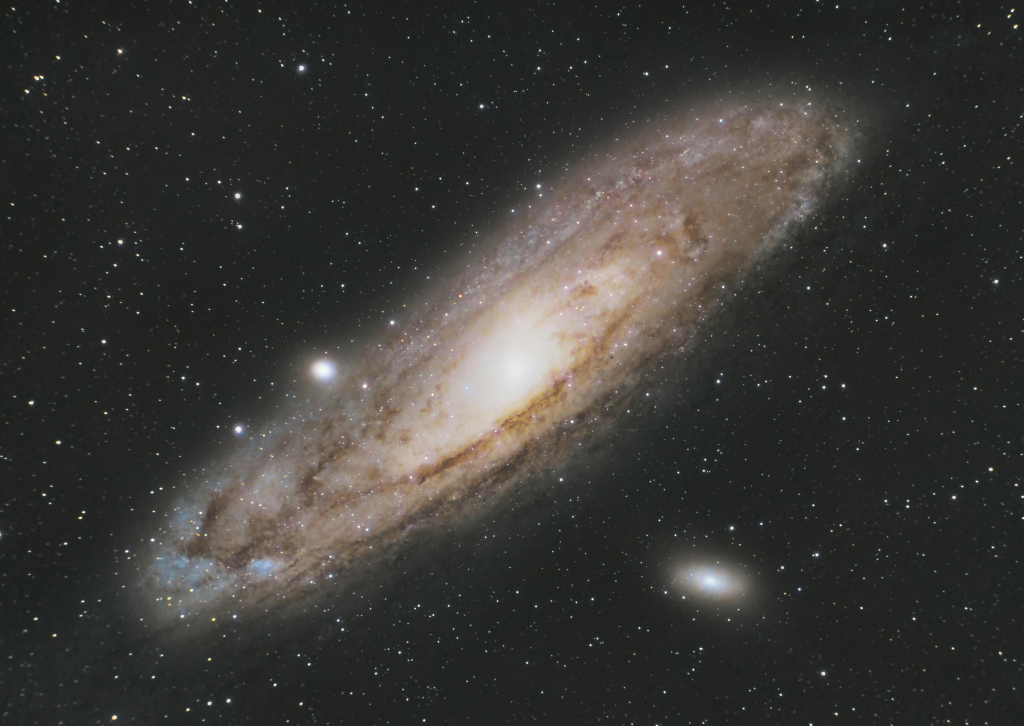
1. The Andromeda Core A New Vision of a Familiar Galaxy
The grand prize winner, produced by Weitang Liang, Qi Yang and Chuhong Yu, centers on the bright heart of the Andromeda Galaxy, our closest spiral neighbor. Taken over 38 hours at the AstroCamp Observatory in Spain using a 20-inch aperture telescope, the photo retains incredible detail in an area typically swamped by brightness.
Judge László Francsics complimented its self-control “Not to reveal it all − this is one of the biggest strengths of this photo. an unconventional dynamic composition with unmatched detail that does not hide the overall view.” The team merged 15 hours of LRGB data with 23 hours of H-alpha exposures, separating glowing hydrogen clouds that map star birth. The aggressive reddish hue, which was orange-infused, was utilized to bring out these spiral arms while not compromising on the natural star field a strong visual style that wowed the judges.
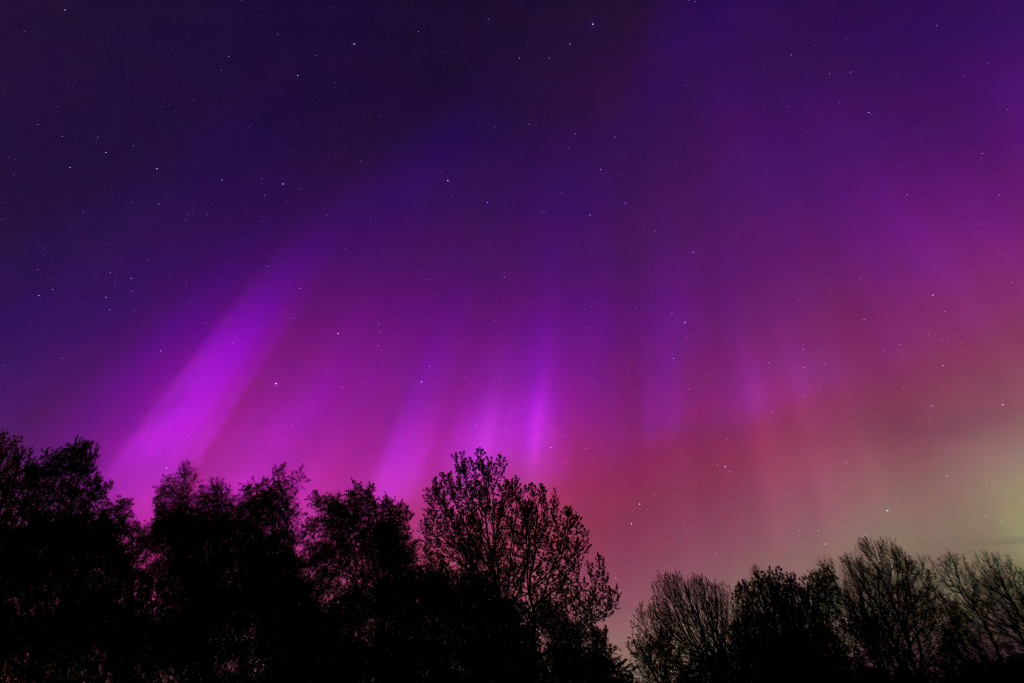
2. Crown of Light Auroras in a G5 Storm
Kavan Chay’s aurora photo of the year was the product of an unusual category G5 geomagnetic storm on May 10, 2024. Across individual nights at Tumbledown Bay, New Zealand, he shot ribbons of red, green and yellow light hovering above the shore using a Nikon Z 7 astro-modified camera.
The intensity of the storm, fueled by disturbances in the solar wind, charged Earth’s upper atmosphere to paint in vibrant colors. By combining exposures of the aurora and foreground on successive nights, Chay was able to create a composition of terrestrial stillness juxtaposed with celestial movement a sign of sophisticated aurora photography.
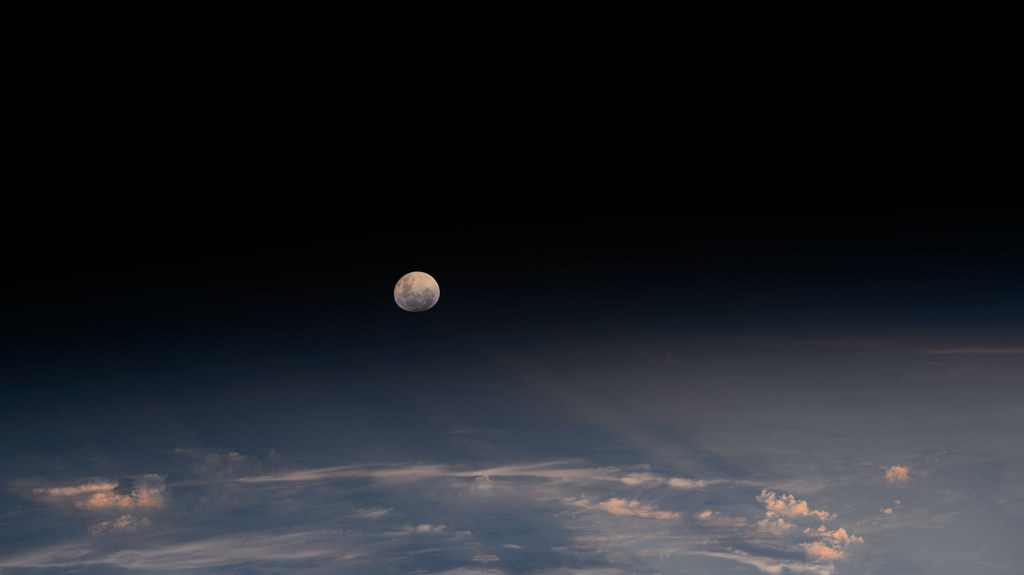
3. The Trace of Refraction Moonlight Through Earth’s Air
Marcella Giulia Pace’s moon photography, shot above Sicily on April 7, 2024, shows the Moon’s glow refracted through Earth’s atmosphere. The effect, named Rayleigh scattering, scatters shorter blue wavelengths and allows longer reds and oranges to travel through. The effect is a faint rainbow halo surrounding the Moon.
This photo is a testament to how atmospheric optics can be utilized in astrophotography. Through precise timing and exposure control, Pace captured subtlete color gradients that are normally imperceptible to the naked eye.
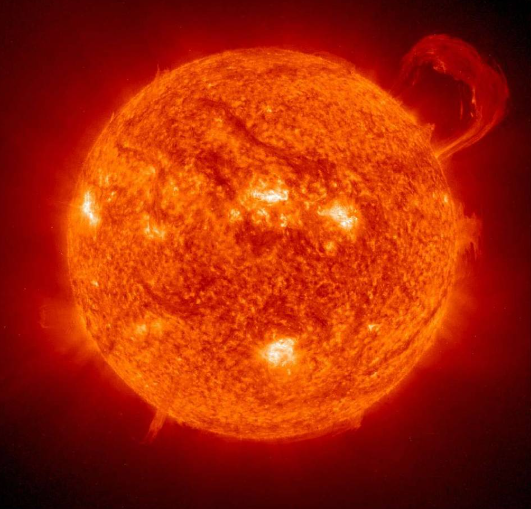
4. Active Region of the Sun’s Chromosphere
James Sinclair’s sun portrait is a close-up shot of the Sun’s chromosphere its turbulent layer where plasma is molded by changing magnetic fields. With a Lunt 130 mm telescope and a Player One Astronomy camera, Sinclair captured a 10-second exposure revealing filaments and spicules with great detail.
Such photographs demand specialized hydrogen-alpha filters to reject everything except the thin wavelength given off by hydrogen atoms, allowing structures not visible in white light to be imaged. The outcome is both scientific documentation and a visual demonstration of the dynamic power of the Sun.
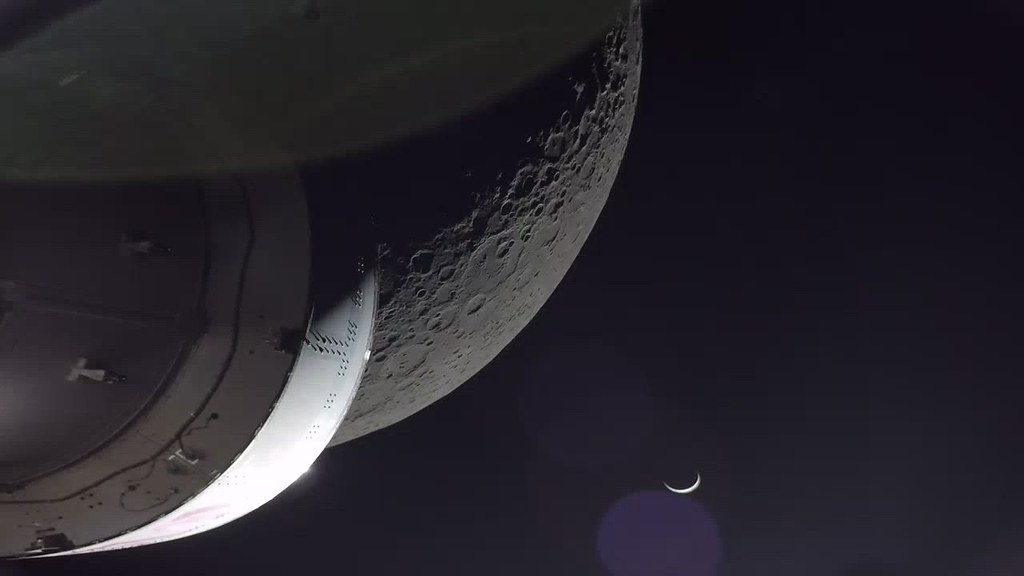
5. ISS Lunar Flyby People and Space
Tom Williams captured a passing instant on October 27, 2024, when the International Space Station seemed to ride the cratered face of the Moon. Taken with a Sky Watcher 400P GoTo Dobsonian telescope at 1.5 milliseconds, the picture required special timing and tracking.
This contrast of human ingenuity against the ancient Moon face highlights the two-sided story of space exploration humanity’s grasp and the enormity it reaches for.
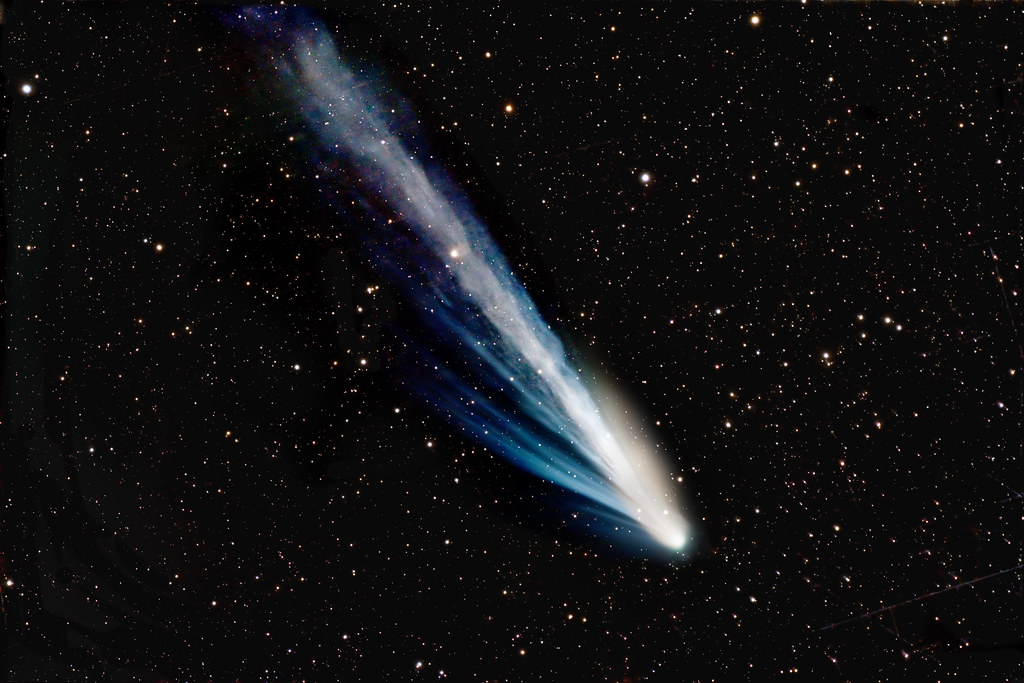
6. Comet 12P/Pons–Brooks A Final Bow
Dan Bartlett’s photo of comet 12P/Pons–Brooks, taken close to solar maximum in early 2024, shows the fine detail of its tail. Activity caused by solar heating in the comet created intricate jets and fans of dust and gas.
Long exposures and diligent processing bring out these delicate details, giving them both beauty and data worth a lot to astronomers interested in cometary activity.
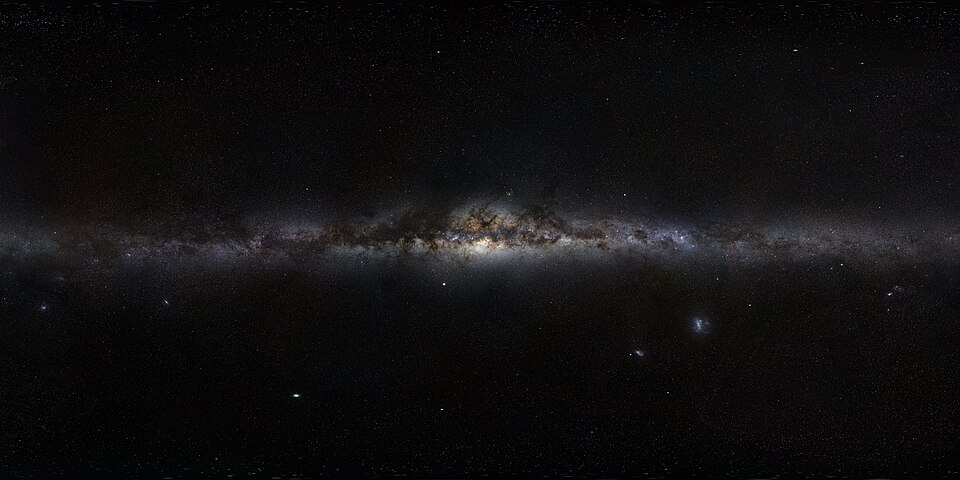
7. The Ridge A Billion-Pixel Milky Way
In New Zealand’s Aoraki/Mount Cook National Park, Tom Rae combined 62 separate frames into a panoramic Milky Way arch over glacial streams. The completed mosaic contains over a billion pixels, and the viewer can zoom from sweeping galactic configuration down to individual stars.
Large-scale astrophotography requires careful planning, from exposing matched shots to merging images with invisible seams a technical achievement that captures the magnitude of its subject.
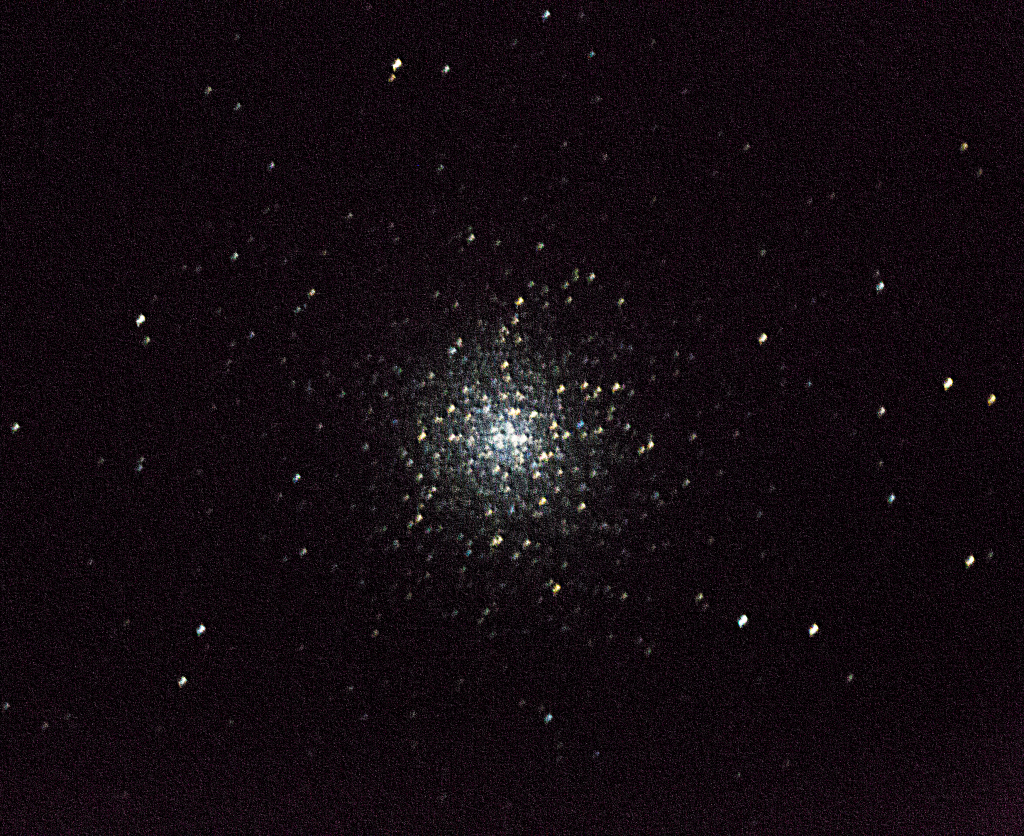
8. M13 A Very Deep Look at the Hercules Cluster
The Distant Luminosity team Julian Zoller, Jan Beckmann, Lukas Eisert and Wolfgang Hummel spent more than 29 hours capturing the Great Hercules Cluster, which is 22,200 light-years distant. They used a ZWO ASI2600MM Pro camera on a 200 mm Newtonian telescope and were able to resolve thousands of stars crowded into the core of the cluster.
In-depth exposures such as these test the capabilities of amateur gear, showing distant stars and nuanced color differences that suggest stellar age and composition.
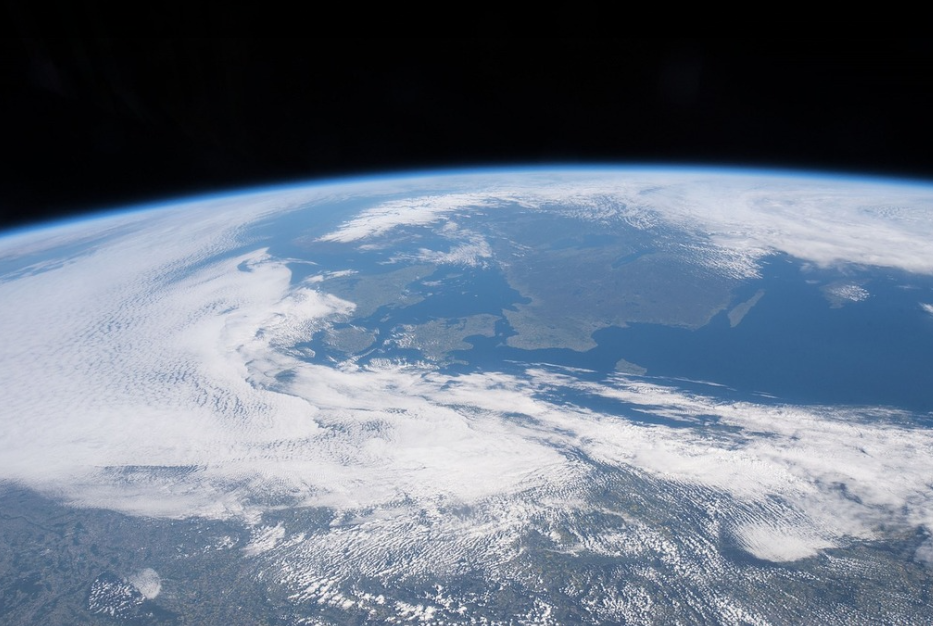
9. Earth from Orbit Don Pettit’s Sidereal Tracker
NASA astronaut Don Pettit’s March 2025 photograph from the International Space Station captures Earth blurred through rotation under sharp, pinpoint stars. To accomplish this, Pettit constructed a wind-up star tracker compensating for the ISS’s 90-minute orbital rotation, a development of ground-based tracking methods.
Pettit has referred to work of this sort as “a labor of love,” adding that astronauts take these photos in their spare time. The image is as much an engineering feat as it is an artistic one, broadening the arsenal for orbital astrophotography.
The 2025 ZWO Astronomy Photographer of the Year winners tell us more than about technical excellence they map the developing relationship between human creativity and the universe. Each image, whether of a storm-lit sky or a galaxy’s hidden heart, is both a record of a moment in time and a step forward in the craft of astrophotography. Together, they remind us that the universe still holds new ways of seeing if one has the patience, skill, and vision to capture them.
